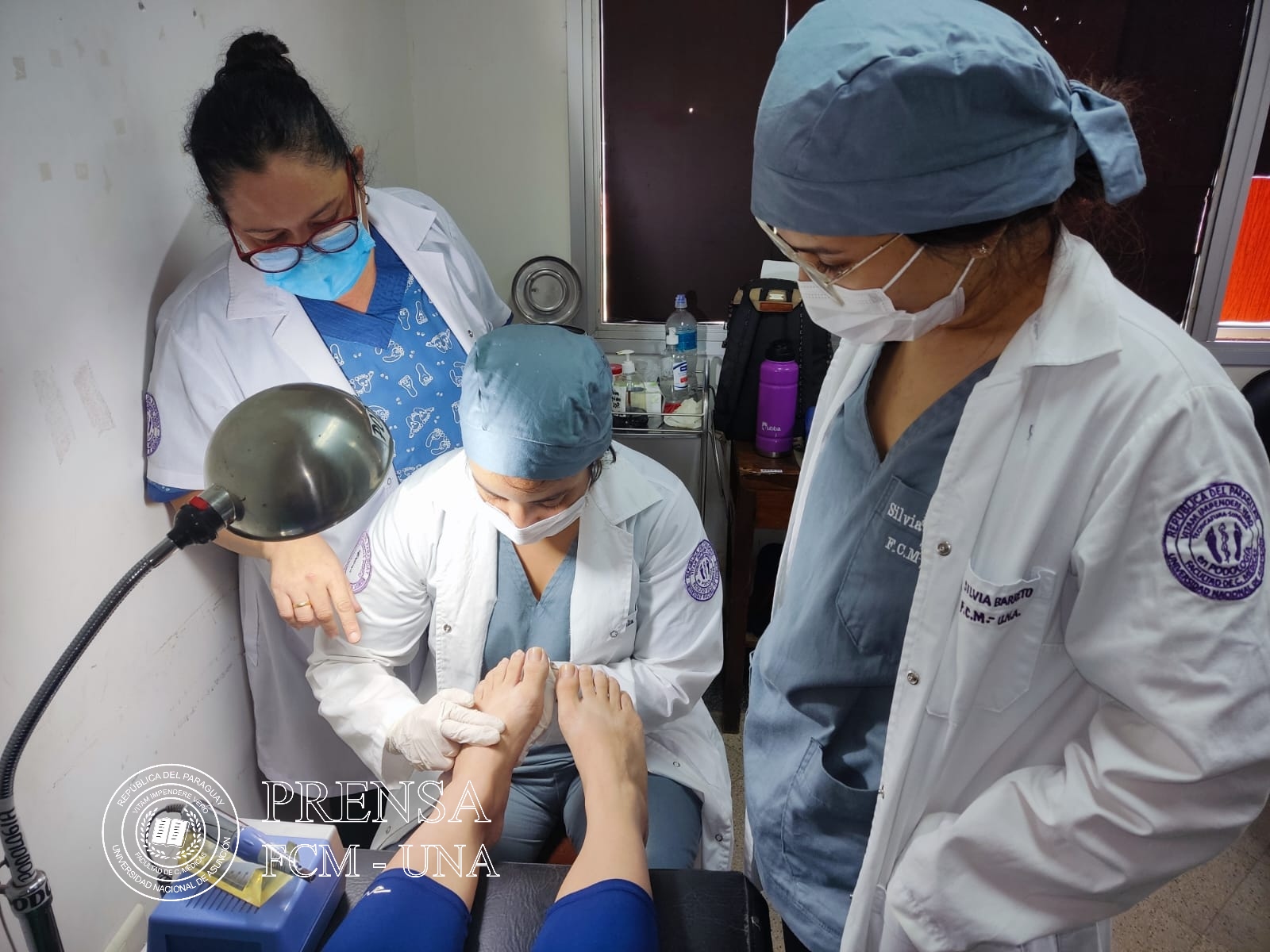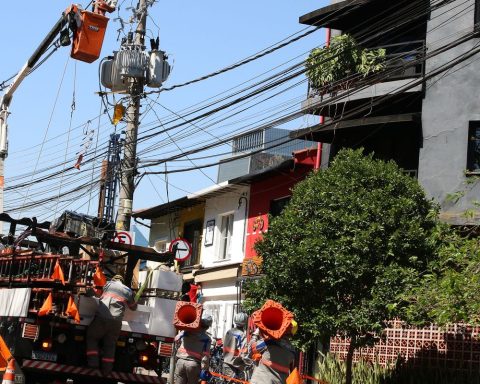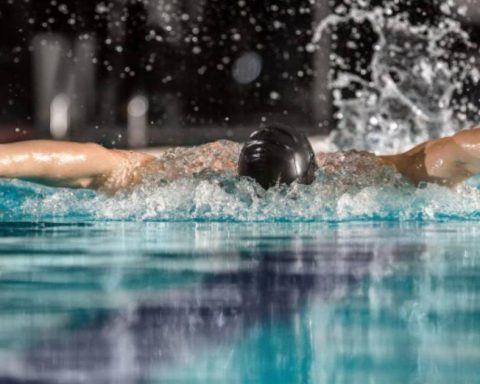On this point, the podiatrist commented that in the newborn there are very sporadic cases in which, due to the fetal position, some babies are born with ingrown nails.
“Added to this is the worried mother who, wanting to solve the problem, performs an inappropriate procedure (cutting one), making the situation worse,” she said.
Babies from 1 to 8 months
Onychocryptosis in infants is caused by routine factors, such as the use of very narrow and stretched socks or tights. They can also be caused by keeping them lying on their stomachs for long periods of time.
Later, when the baby sits down and tries to stand up, the little shoes and the famous walkers come into play.
These directly influence the biomechanics of the big toe, causing pressure on the periungual ridges (skin surrounding the nail) to the point of hurting and inflaming them, giving way to the dreaded injury that sometimes ends up taking them to the hospital ward due to some infection that has occurred. highlighted podiatrist Benítez.
First steps
The specialist explained that footwear must provide protection and safety. “It must be made of noble material, that provides freedom of movement, without studs that hinder the growth process of muscles and tendons that over time could lead to some type of pathology for life,” she stressed.
He also urged to always take into account the model and material of the socks, that they be soft fitting and anti-allergic material, preferably cotton that absorbs sweat.
He asked to be especially careful when cutting children’s nails, since it is common that many proceed to disproportionate cuts to prevent dirt from getting under the nails.
“With disproportionate cuts, the odyssey begins for the child and the family, since the protective seals of the hyponychium (cuticles that join the nail plate with the nail bed) are invaded, thus creating a gateway for viruses, bacteria and fungi, which they are also triggers for onychocryptosis (ingrown toenail),” he said.
School age
Fashion shoes are not always the advisable ones, both for dress and sports shoes, for which he stated that the comfort and health of the student should be chosen, he stressed.
The use of high heels should be ruled out, remembering again that the growing child should not use any type of element that prevents proper body development.
The use of cue by children said that later unwanted episodes could occur, such as shortening of the Achilles tendon that will bring with it more serious problems.
In addition, he said that very heavy backpacks can also seriously affect the feet, not just the shoulders and spine in adulthood. The podiatrist said that the backpack should not exceed 10 or 12% of the total weight of the student.
“With a weight of 30 kilograms, it is advisable that your backpack has a maximum of 3kg to 3.5 kg, distributed on both shoulders, taking into account that said excess makes the boy or girl seek to adapt to the load, altering completely the functionality of the different parts of his body, starting with the shoulders, spine and lower limbs, which means a serious problem in adulthood”, he remarked.
Teen
The most complicated cases of pediatric onychocryptosis are presented by adolescents.
“Generally they already believe they have control of everything, they prefer to keep quiet when they have an ailment, other times they intentionally injure themselves looking for attention, then when it gets out of hand they go to social networks looking for help tutorials, which in the end end up in worse events,” he said.
He affirmed that in adolescence the gold standard is fashion, although this causes pain and causes problems in his daily walk. For this reason, she asked parents to provide extra attention to adolescents who access too much irresponsible information, in many cases, on the different virtual platforms.
The specialist stressed that in case of any sign that could mean onychocryptosis in both children and adults, go to the Podiatry Service of the Hospital de Clínicas. There you will be given the corresponding help, especially education to accompany the treatment.
recommendations
– Good hygiene and drying of the feet.
– Footwear and socks made of noble material and in accordance with the morphology of the foot.
– Correct nail cutting, without invading skin or cuticles.
– Prevent the child from cutting their nails without the supervision of a responsible adult.
– Go to the consultation before there is pain, so that the visit to the podiatrist does not mean a traumatic experience for the child.

















